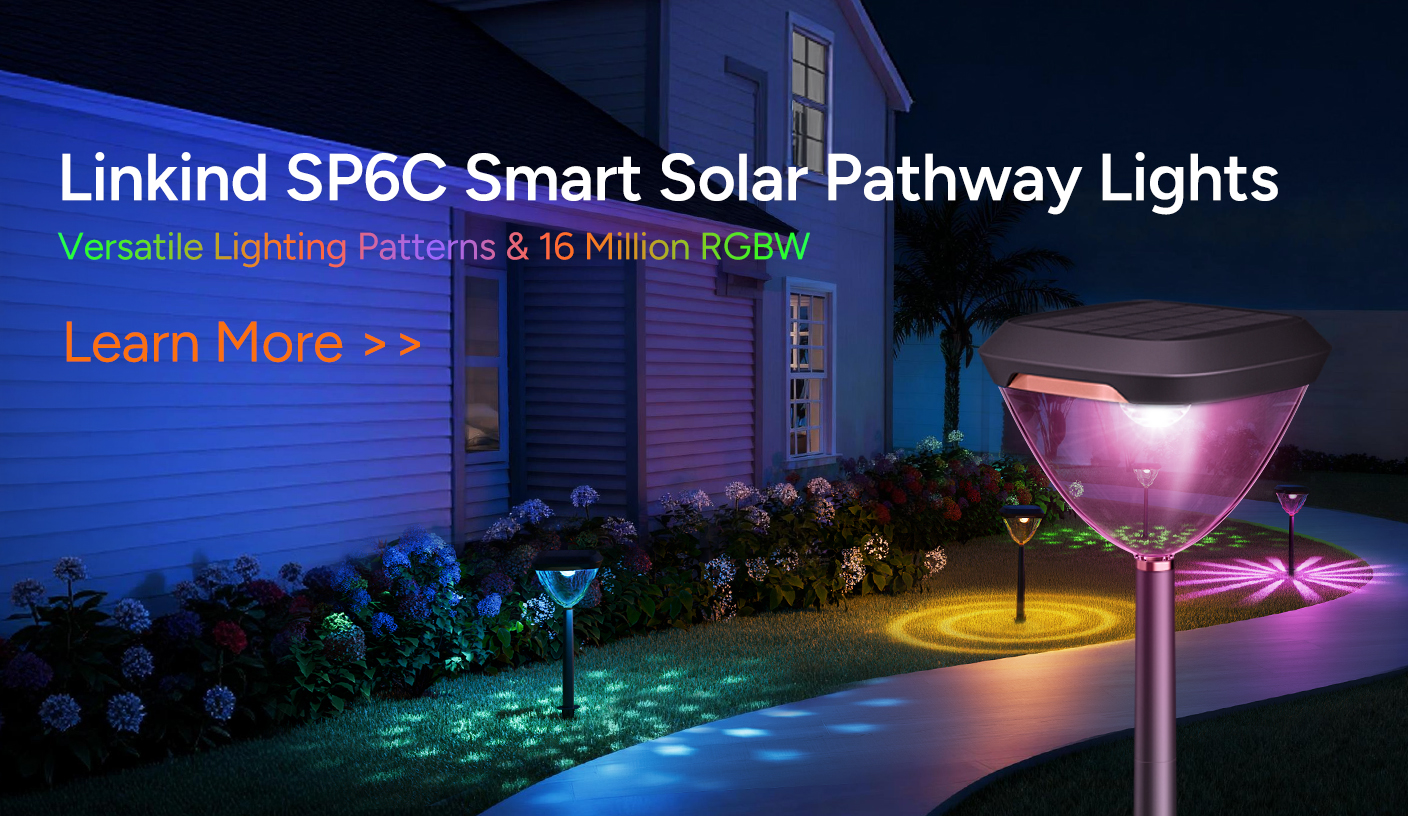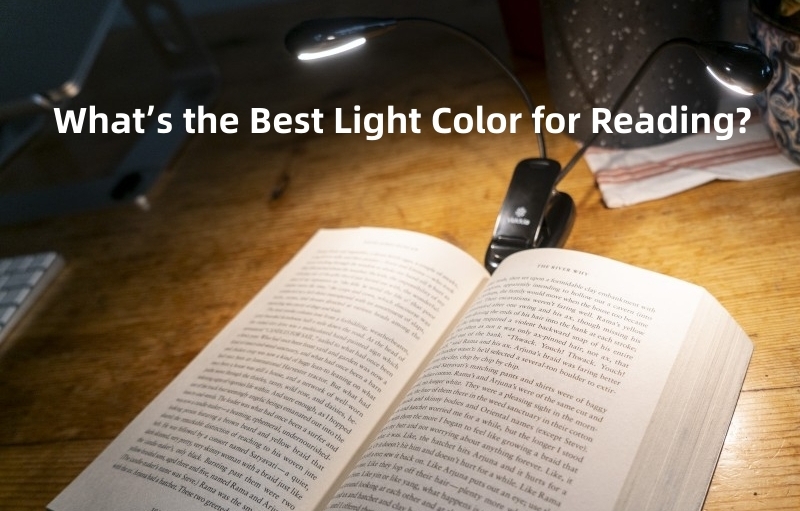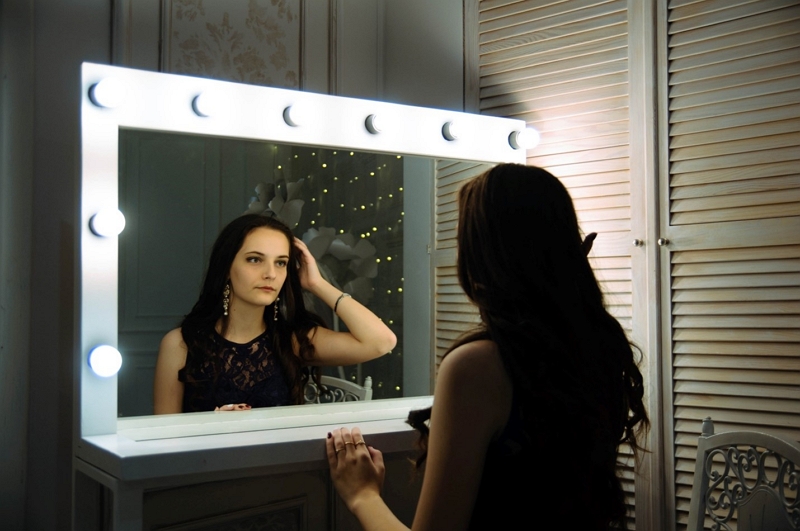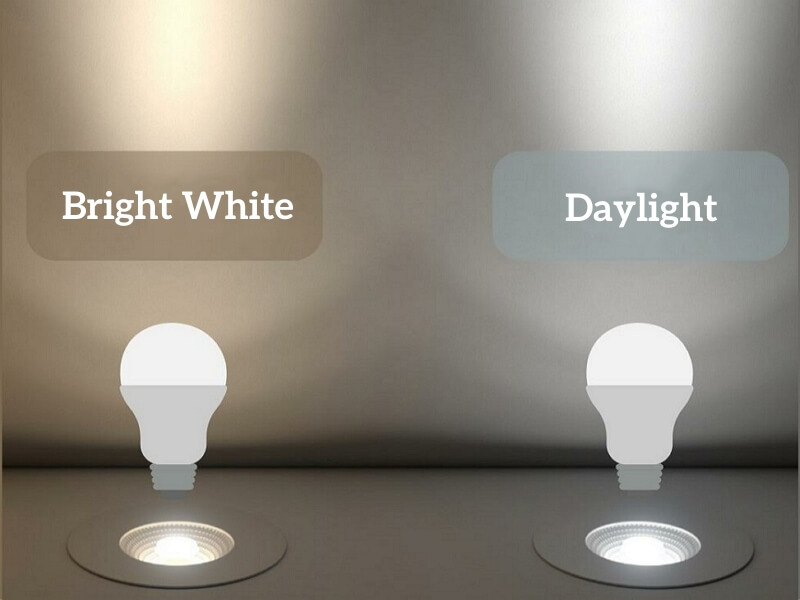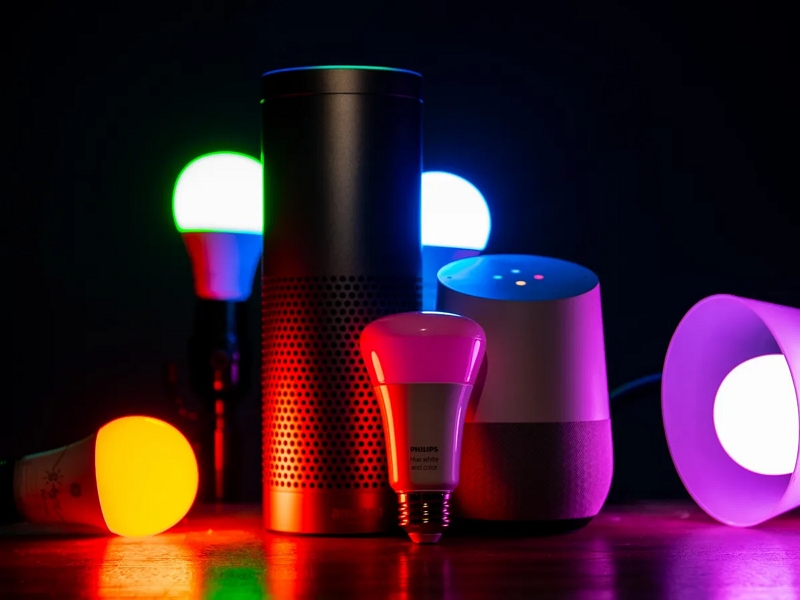LED light fixtures are becoming increasingly popular, and one of the key factors in creating an optimal atmosphere is color temperature. Light has an immense role in our daily lives - from lighting our workplaces to helping create a pleasant atmosphere for leisure activities. In essence, LED color temperature plays an essential role in controlling lights across different settings.
What does color temperature actually mean? This comprehensive guide will answer all your questions concerning LED color temperature and help you pick the perfect lighting for any situation.
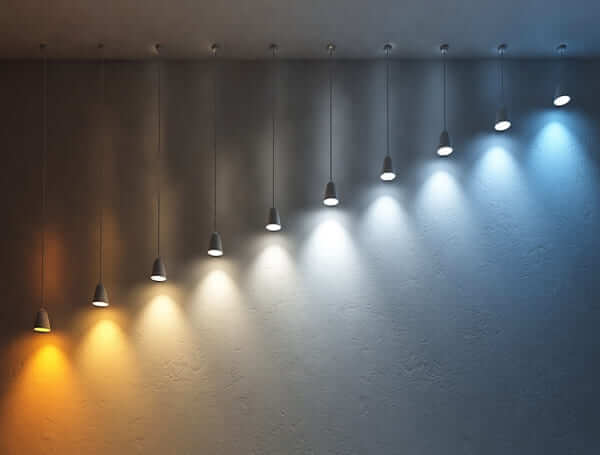

Part 1. What Is Color Temperature?
LED color temperature is a measurement used to gauge the amount of "warmth" or "coolness" produced by a light bulb. This range is measured in degrees Kelvin (K) on the Kelvin Color Temperature Scale, and the typical range for LED lighting goes from 2200K to 6500K.
Bulbs that are assigned with low CCTs (correlated color temperature) such as 2700K generate yellowish-orange hues which are considered warm, whereas bulbs with higher CCTs like 5000K produce blueish-white lights that appear cooler. Understanding where various LED temperatures fall on the Kelvin scale can help you select just the right kind of LED for any situation.


Part 2. Kelvin Color Temperature Scale
LEDs emit light of different color temperatures, defined by the Kelvin scale. The Kelvin scale ranges from 2200K to 6500K where ‘warmer’ lights have a lower number and ‘cooler’ lights have a higher number.
- At 2200k you'll find extra warm white, which produces an orangey-yellow hue like that of Halogen bulbs.
- At 3000k there is warm white, emitting a yellowish glow similar to Incandescent bulbs.
- 3500k is the temperature for white LED lighting.
- 4000k is cool white providing a slightly bluer tone than white as well as more contrast.
- 6000k represents daylight LED lighting with its closest resemblance to natural daylight.
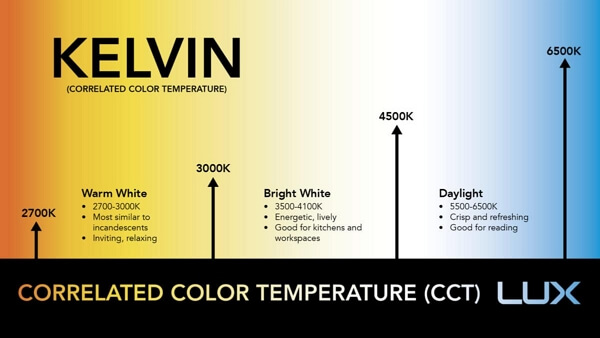

Part 3: How Color Temperature Affect Us
We're all familiar with the impact of light on our surroundings, from the gentle glow of a candle to the stark brightness of fluorescent office lights. Yet, have you ever considered how the color temperature of light influences our emotions, energy levels, productivity, and impulse control?
The Emotional Tones of Warm and Cool Light
Color temperature, measured in Kelvin (K), is the key player in shaping our visual and emotional responses to light. Lower temperatures, around 2000K to 3500K, emit warm, reddish tones that evoke coziness and relaxation. In contrast, higher temperatures of 5000K to 6500K produce cool, bluish hues, reminiscent of daylight, energizing our senses and promoting alertness.
Energizing Productivity
The interplay of color temperature with our daily routines is evident in its effect on our energy levels and productivity. Exposure to cool light during the day can regulate our internal clock, enhancing focus and mental clarity. This is why workplaces and learning spaces often opt for daylight-mimicking lighting to boost efficiency.
Impulse Control and Decision Making
Interestingly, color temperature subtly shapes our impulse control and decision-making. Warmer environments tend to encourage relaxed and indulgent behavior, while cooler environments promote analytical thinking. Retailers leverage this knowledge to influence purchasing decisions by designing store lighting accordingly.
Part 4: Choose the Right LED Color Temperature
Choosing the right LED color temperature is essential to creating a home atmosphere that fits your preferences and activities. It will also help conserve energy, as the right light temperature can increase productivity and alertness while providing enough illumination in the areas you need it. Understanding what each color temperature offers will allow you to make an educated decision on which one works best for your home.
1. Best Light Temperature for Living Room
Very Warm White (2000-2700 K): The low shade of warm light this temperature provides creates a cozy feel that mimics candlelight or dusk – perfect for relaxing with friends and family or engaging in creative activities like painting or playing instruments together. This warm hue helps stimulate conversation and promote relaxation without hampering visibility.
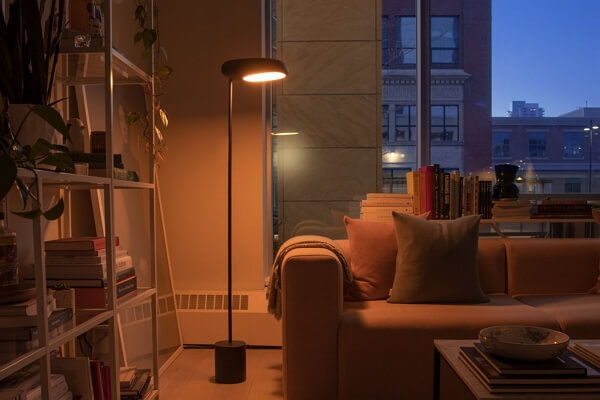

2. Best Light Temperature for Bedroom
Very Warm White (2,000-2,700 K): This warm hue is best suited for bedrooms as it signals the body to unwind from a long day by releasing melatonin - helping you fall asleep quicker and improve overall sleep quality. A lower kelvin rating is preferred if maximum relaxation is desired since dimmer lights activate production of our sleep hormone melatonin faster, resulting in deeper sleep states earlier during the night - so experiment between 2200K up to 2700K until you find your ideal setting!
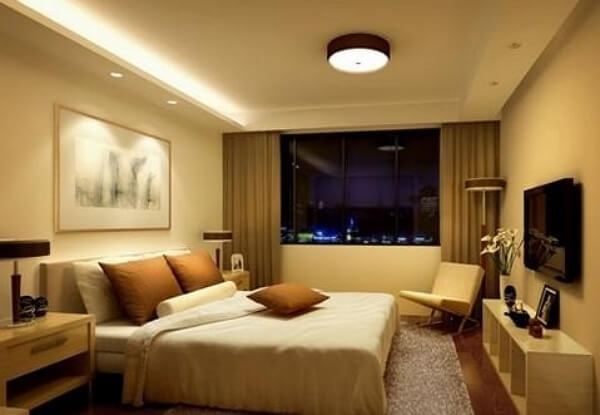

3. Best Light Temperature for Kitchen
Warm and Cool White (3,000-4,000 K): Cooler temperatures are great for kitchens since they help boost alertness and concentration levels throughout meal prep and other tasks that require focus such as cutting vegetables or slicing meat on a cutting board. This type of light avoids eye strain without sacrificing visibility too much, making it easy for tasks requiring precision, like reading recipes off laptops/tablets or prepping food items accurately.
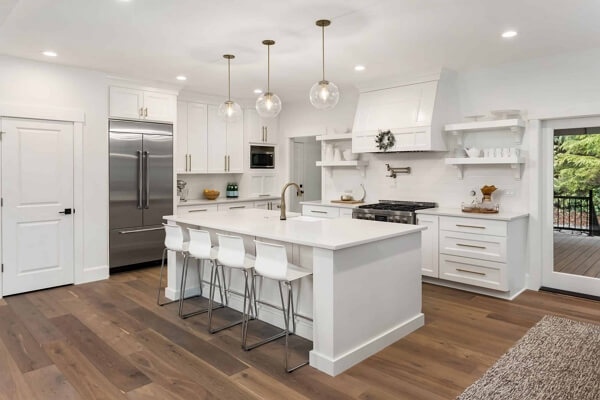

4. Best Light Temperature for Home Office
Cool white (4,000-4,500K): Cool white light helps you stay focused and sharp when working on tasks or spending time on a computer. It emits an intense bright blue hue which has been known to energize those using computers for long periods or those taking on complex mental projects such as reading or writing. This setting also helps prevent your eyes from becoming strained from too much exposure throughout the day.
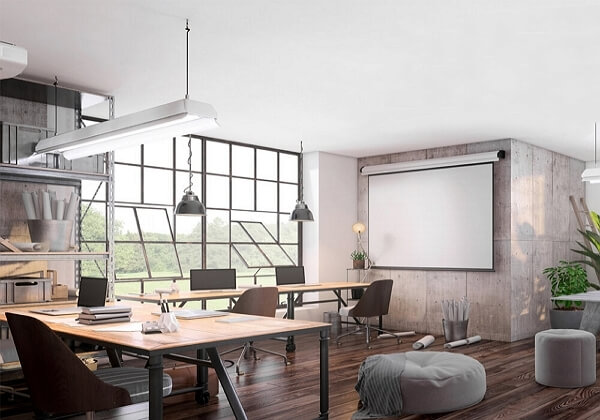

Part 5: The Best Smart Light with Adjustable Color Temperature
Brighten up your home with the AiDot Mujoy RGBWW Smart Dual-Bar Corner Floor Lamp. This one-of-a-kind lamp, with adjustable LED color temperature, will bring unparalleled lighting customization into your living space. The unique dual bar design of the AiDot Mujoy RGBWW Smart Dual-Bar Corner Floor Lamp combines artistry and technology to provide you with an amazing lighting solution. Get this lamp now and fill your home with endless possibilities for lighting - vibrant colors, dimmable cold and warm light, customizable scene modes, and music sync which creates dynamic visual effects.
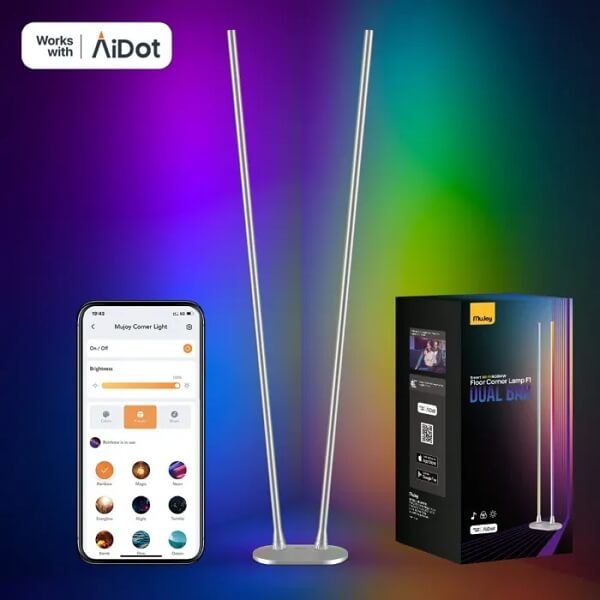

- 16 Million Colors & 20+ Preset Modes
- Color Changing with Music Sync
- 2700k-6500k Warm/Cool White
- 1-100% Brightness Adjustment
- APP Control & Voice Control
- Smart Timing Function
- 350° Horizontally & 15° Vertically Rotatable Bars
- Simple and Exquisite Design
[Bonus Now]: Here is an exclusive coupon code only found in blog posts. Save it now (AiDotBG01) and get 10% off at AiDot mall!
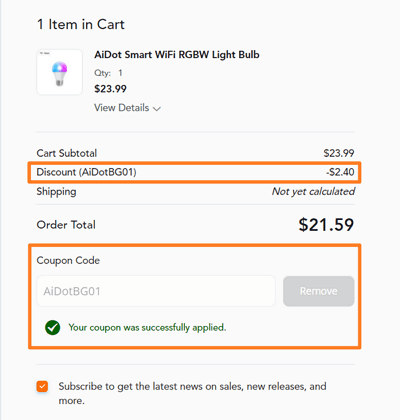

Conclusion
The influence of LED color temperature on our lives is significant yet often overlooked. It deeply affects our feelings, output levels, and overall health. Knowing the Kelvin Color Temperature Scale helps you create the perfect atmosphere for every space, from cozy living rooms to motivating home offices.
Additionally, modern lighting technology like AiDot Mujoy RGBWW Smart Dual-Bar Corner Floor Lamp provides greater control over our settings. When deciding which light spectrum suits you best, remember that it not only adds visual appeal but also contributes to a more balanced life.












